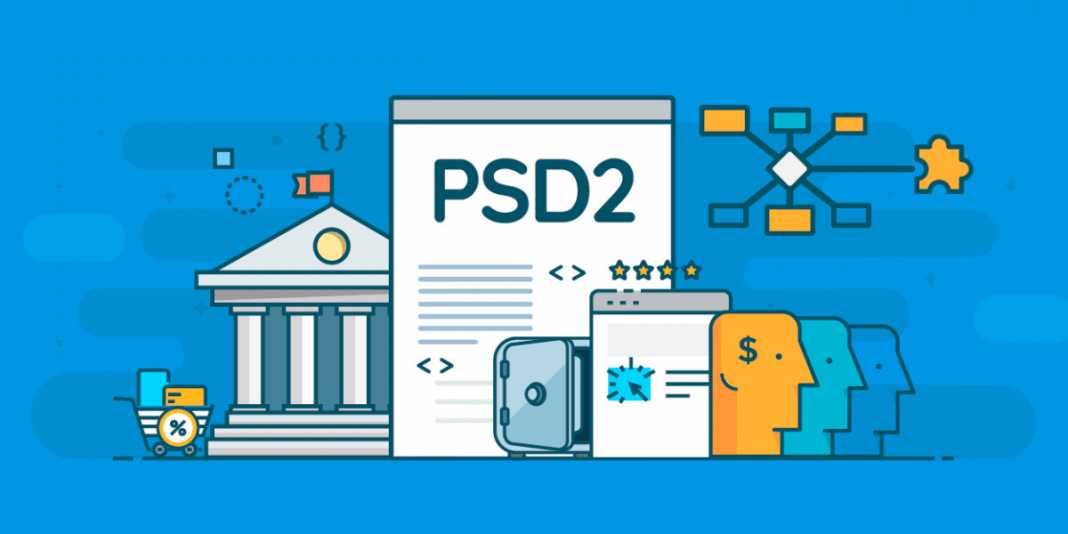Mobile phones have changed the way we do many things, such as taking photos, communicating with others, or programming the way we travel. We are currently immersed in a change that promises to be even more relevant- that of mobile payments.
Page Contents:
It is increasingly normal to use our smartphone to pay and use it also to make arrangements through the applications of our bank. And this has just begun.
What is the PSD2
It is possible that in the last days you have received an email from the bank announcing the entry into force of this regulation, the PSD2 (Payment Service Providers of the second generation). The first regulation is from 2007, and this new one, approved last year, expands the way in which banks and other fintech companies operate.
Thanks to this new regulation, the relationships of the different actors in mobile payments will be changed. There will be two types:
- The “AISP” or “Account Aggregators“- allow us to have all our accounts in one place.
- The “PISP” or “Payment Initiators“- allow us to make a payment from our account to the account of the store or company.
What changes does it imply?
From the entry into force of these regulations, banks are obliged to have APIs that allow other applications and services to access our accounts, if we want to, in order to expand the possibilities of online and mobile payments. There will also be greater security for users when performing online operations.
And all this will be homogenized in the 28 countries of the European Union.
How it affects us as users
For practical purposes, users will see how from now on, we must perform two steps before authorizing an action. Before it was only necessary for the confirmation key in the operations, we made and now we will also need a PIN that will arrive by SMS to our mobile. That is, the use of double authentication will be mandatory.
This implies that we must confirm that our mobile phone number is placed on our bank profile. If not, we must contact the bank.
We may also authorize various applications and companies to make payments on our behalf, although this will only apply in the cases that we want, as is evident.
In the coming months and years, we will see many changes in this sector, and it is convenient to be aware of being able to continue operating with our mobiles, without setbacks.


